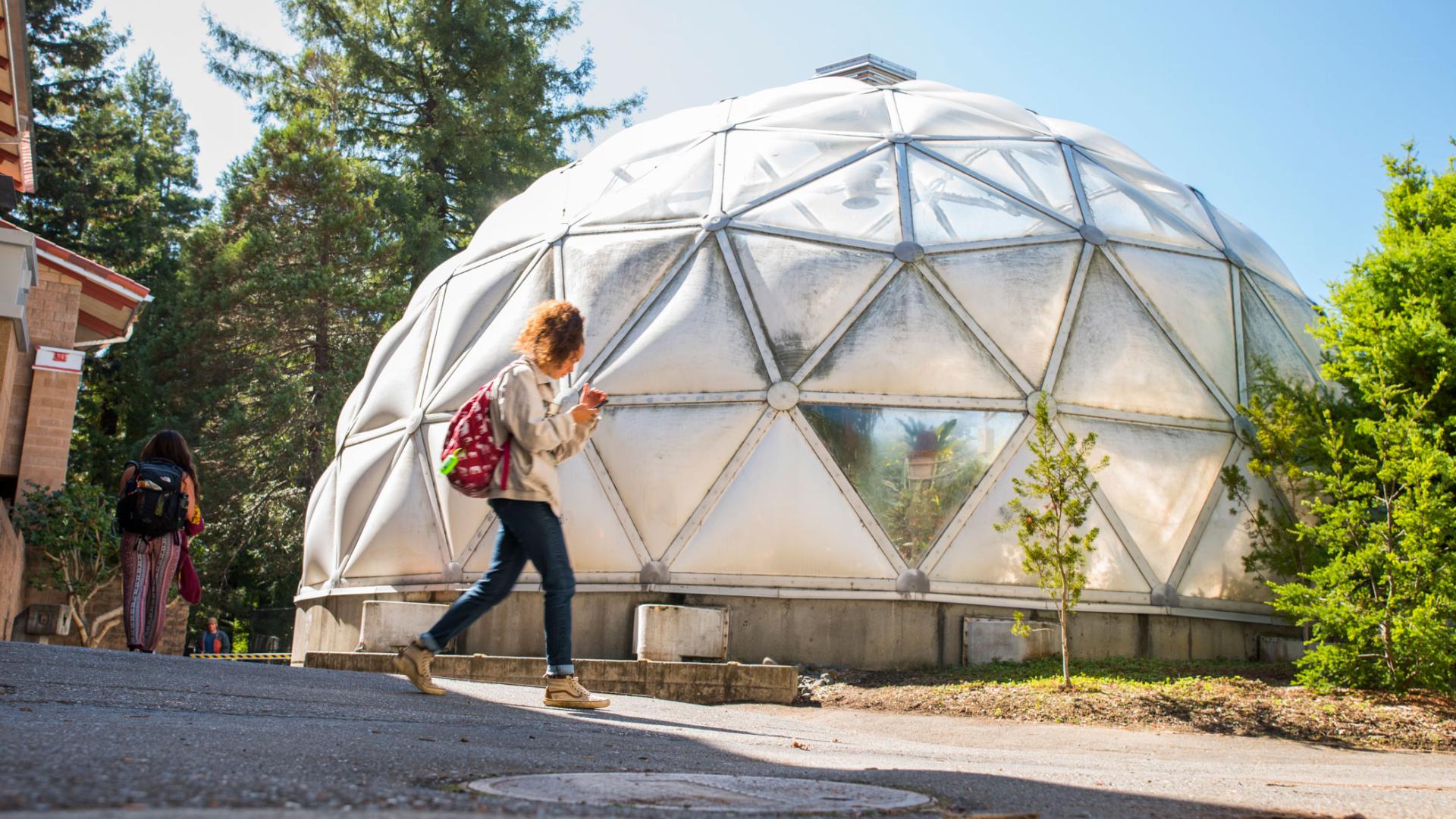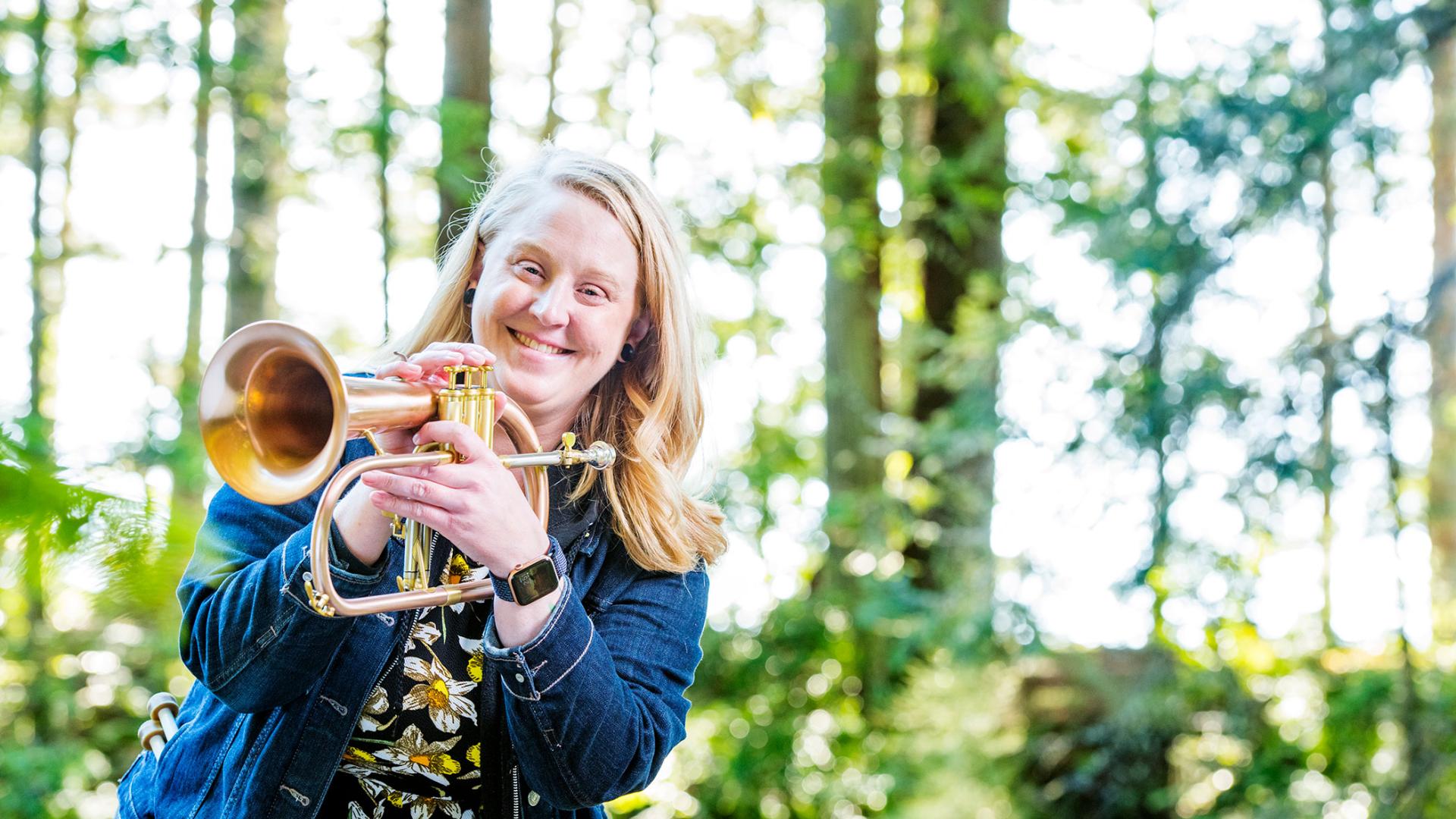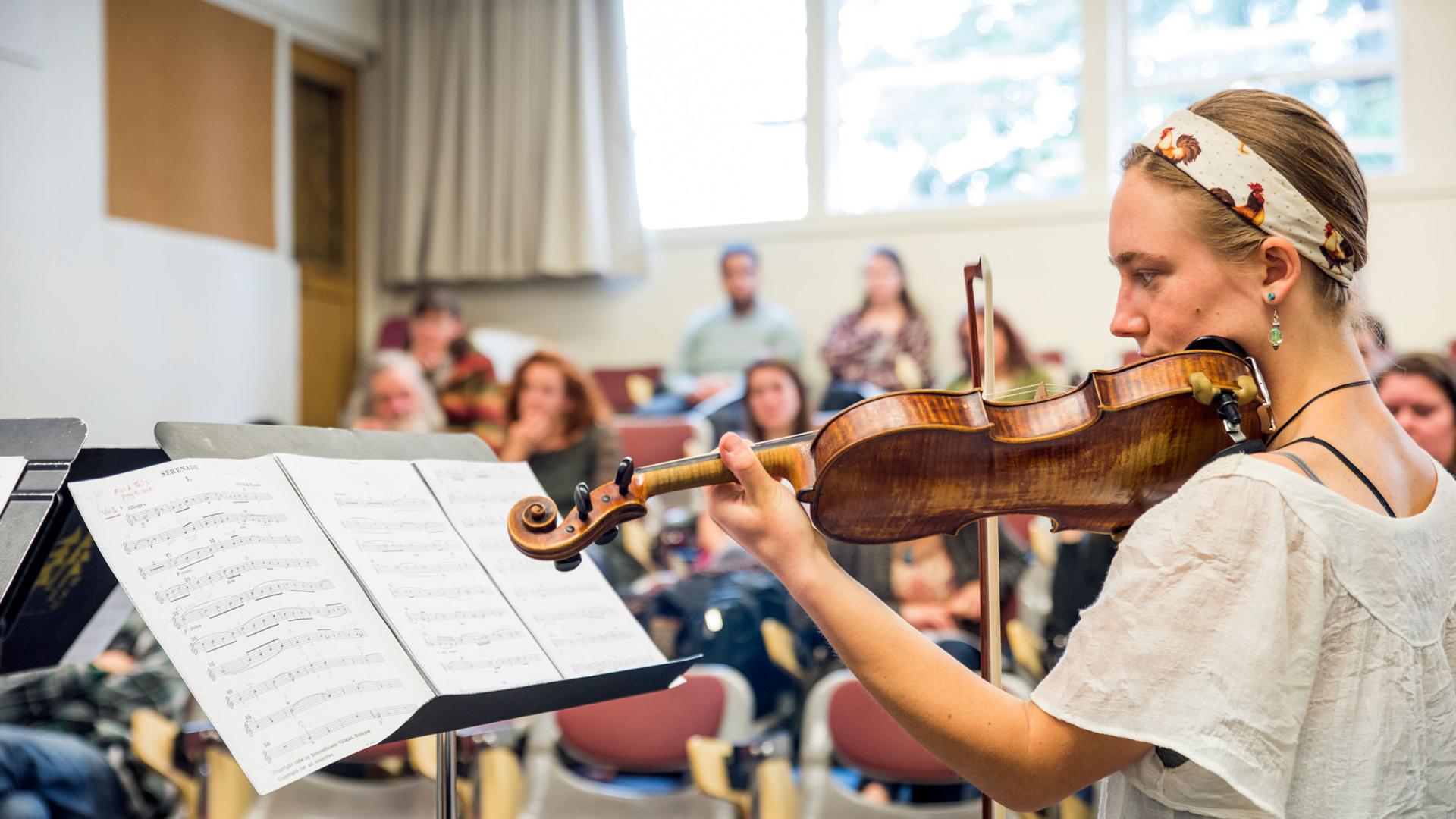May 3, 2024 | Digital Showcase | Humboldt Library
All Presenters & Abstracts
Bacterial expression of G-protein coupled receptor CB2 fusion protein
Presentation Year: 2022
The G-protein coupled receptor (GPCR), CB2, is part of a widespread neuromodulatory system found in all animals and is suspected to play a role in both CNS and immune system functions, yet it is a relatively understudied. We demonstrated a successful method for the expression and purification of the GPCR CB2 protein from BL21(DE3) pLysS competent cells. This method involves the culturing of an E. coli BL21(DE3) pLysS MBP-CB2-6xHis cell line, induction of CB2 receptor expression via IPTG, and the harvest and isolation of expressed CB2 proteins via Ni-NTA Immobilized Metal Affinity Chromatography. This method was proven to be successful based on SDS-page and spectrophotometric analyses.
Bayside Corners
Presentation Year: 2022
Bayside Corners is a Nonprofit Organization which seeks to help foster community building in the community of Bayside.
Bee abundance and composition in native vs non-native urban gardens
Presentation Year: 2022
I studied the abundance of non-native European honey bees, and native bumble bees and others in gardens with mostly non-native plants and those with all native plants. The non-native European honey bee may be better suited to take advantage of urban, non-native gardens than native bee species due to anthropogenic support and domestication. Thus, I made the hypotheses that native bees will be more abundant in in native gardens, and that European honey bees will be more abundant in the non-native gardens. I also predicted that European honey bee abundance would be constant over the study period due to more urban resources from ornamental flowering plants.
Benthic Macroinvertebrates as Bioindicators of water quality on the Mad River
Presentation Year: 2022
This project sampled benthic macroinvertebrate communities present at three locations in Humboldt County, California totaling 1642 individuals across 19 families. The composition of taxa differed significantly between upstream and downstream sites (p < 0.0000). Pollution taxa sensitive (Caenidae, Perlodidae, Pteronarcyidae, and Lepidostomatidae were present in the upstream sites and absent from the downstream site.
Bitches Been Mad
Presentation Year: 2022
Society shies away from emotions like rage, because it is scary and uncomfortable, however rage is and always has been a part of the human experience. Especially women, queer and BIPOC women, do not have safety in society to be anything but gentle. All people deserve a safe space to see that we are not crazy, we are just like everyone else, and express our rage through art. Through art we can experience, release and heal. While all identities should be welcome, it is important to center the feminine, as society has less space for this. I believe there is opportunity to collaborate between departments like counseling and gender studies to create a safe, healing, educational, and FUN space.
Black bears in suburban areas consume more anthropogenic foods
Presentation Year: 2022
Consumption of human food by black bears (Ursus americanus) is a common and challenging problem for wildlife managers dealing with the species, because bears will readily use human-associated foods as an easily attainable energy source, especially when natural food sources are scarce .The result of human expansion is increased rates of encounters between humans and bears, particularly if bears are being forced to search farther and wider outside their home ranges for food. In this study I assessed variation in anthropocentric foods in bear diets. To accomplish this, I compared scat samples collected in Humboldt, CA from suburban and rural areas.
Black Phoebes Sing More Often in Noisier Anthropogenic Environments
Presentation Year: 2022
My senior thesis research is about how anthropogenic noise, such as traffic noise influences bird communication is an important question to understand how increasing urbanization influences animal populations. A bird that might be affected by traffic noise is the Black Phoebe, a suboscine songbird that occurs in both rural and urban areas. In contrast to oscines, song in suboscines is innate and not learned, so it is thought to be less plastic. My objective was to investigate if Black Phoebes adjust their singing behavior in response to car traffic in urban and rural sites in Arcata, California.
Bringing Art to the Community
Presentation Year: 2022
The objective of this project is to collaborate with the Cal Poly Humboldt Art Department to create a story of how they have impacted the community. The art department has had many art education majors reach out to the community to help citizens explore the benefits of art. The reached out primarily to elementary schools and the Pelican Bay Prison
Cage Farm Fishing Restoration Project in South East Asia: Heavy Metals in the Surrounding Ecosystem
Presentation Year: 2022
The proposal for the study is to restore ecosystems near fish farms. Surrounded ecosystems have shown to be harmed by heavy pollutant (lead, mercury, and arsenic). In the long run the research team plans to stop more input of heavy metals into the water with the help of the Philippines community. The outcome for the project is to educate, care for the health of the community, and have cleaner and drinkable water.
California Black Bear diet composition in the Trinity and Klamath regions
Presentation Year: 2022
Project presentation on black bear diet composition and diversity between the Klamath and Trinity river regions.
California Firefighter Annual Magazine
Presentation Year: 2022
This project explores previous English 103 coursework on my discourse community, wildland firefighting, and the atmosphere of the career. It provides a sense
of guidance and introduction to the discipline.
Characterizing the genetic diversity of immune genes in a non-native population of American Bullfrogs in Humboldt County, California
Presentation Year: 2022
The American Bullfrog (Lithobates catesbeianus) is a highly invasive species that has successfully colonized different habitats around the world. The level of genetic variability in a population may help determine how resistant a population is to pathogens and how persistent an invasive population may be over time. Our project’s objective was to isolate and characterize the genetic diversity of a rapidly evolving immune gene in an invasive bullfrog population near the Mad River in Humboldt County, CA. We isolated four genetically distinct alleles from 16 frogs. When included with alleles from related species, we detected positive selection acting on putative binding sites.
Characters Influencing Plethodontid Salamander Microhabitat Selection
Presentation Year: 2022
Work was done studying mirohabitat selection of two local plethodontid salamander species, Batrachoseps attenuatus (California slender salamander), and Ensatina eschscholtzii (common ensatina). Results imply that the most significant factor is the relative humidity of the microhabitat.
College Instructors’ Perceived Responsibilities: A Descriptive Study
Presentation Year: 2022
College student demographics have been rapidly changing with more students than ever identifying as students of color, low-income students, and first-generation college students. Colleges are working to reduce equity gaps in students’ academic achievement where marginalized students typically receive lower grades than their more privileged peers. The present study investigated the perceived responsibilities of college instructors with a focus on highly equitable classroom practices. Results of the study indicate general endorsement of highly equitable classroom practices as instructors’ responsibilities. Future research can use perceptions to further assess classroom practices and behaviors.
Comparing Community Structure of Vascular Plant Species on Nurse Logs and Ground Plots in the Arcata Community Forest
Presentation Year: 2022
My study looked at the ecological role nurse logs play in the Arcata Community Forest, and whether they support a different vascular plant community than the forest floor.
Comparing Roadkill Abundance Between Urban and Rural Transects
Presentation Year: 2022
A study comparing roadkill abundance between urban and rural transects on highway 101.
COVID-19 anthropause significantly altered community science participation
Presentation Year: 2022
My research project was on the effects of the COVID-19 anthropause on community science activity in California.
COVID-19 anthropause significantly altered community science participation in California
Presentation Year: 2022
My research project is on the effects of the COVID-19 Anthropause on community science participation in California.
CSF1R Inhibition Restores Cognition Following Immunotherapy
Presentation Year: 2022
Patients that undergo CAR T-cell therapy often experience significant side effects, including cognitive decline. We have found that CAR T-cell therapy increases microglial activation and disrupts the myelin sheath that is necessary for saltatory conduction. We seek to understand the long term neurological effects of CAR T-cell therapy and ways to restore cognition in patients undergoing immunotherapy.
Cursing Practices: Transitions, and Rituals
Presentation Year: 2022
The practice of excessive cursing is understood in teens and early adults as a transition into adulthood, by developing code switching skills, and strengthening kinship bonds. However as our world is increasingly digitized and kids find themselves socializing online at an ever increasing rate, taboo language has experienced a shift that is acutely represented within the boundaries of online gaming. Within the borders of popular combat games, a ritual of offensiveness takes cursing and derogatory terms to extreme use over their microphones within “in game chat” features. This poster examines these two cursing practices side by side, allowing participants to analyze how the culture changes.






